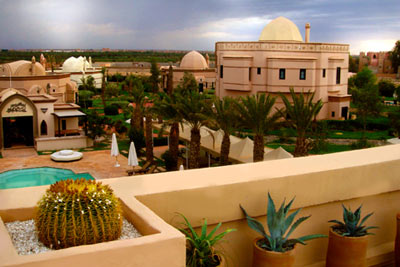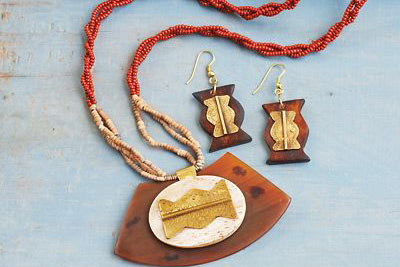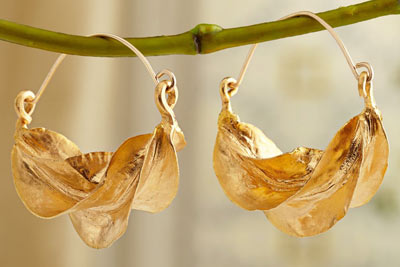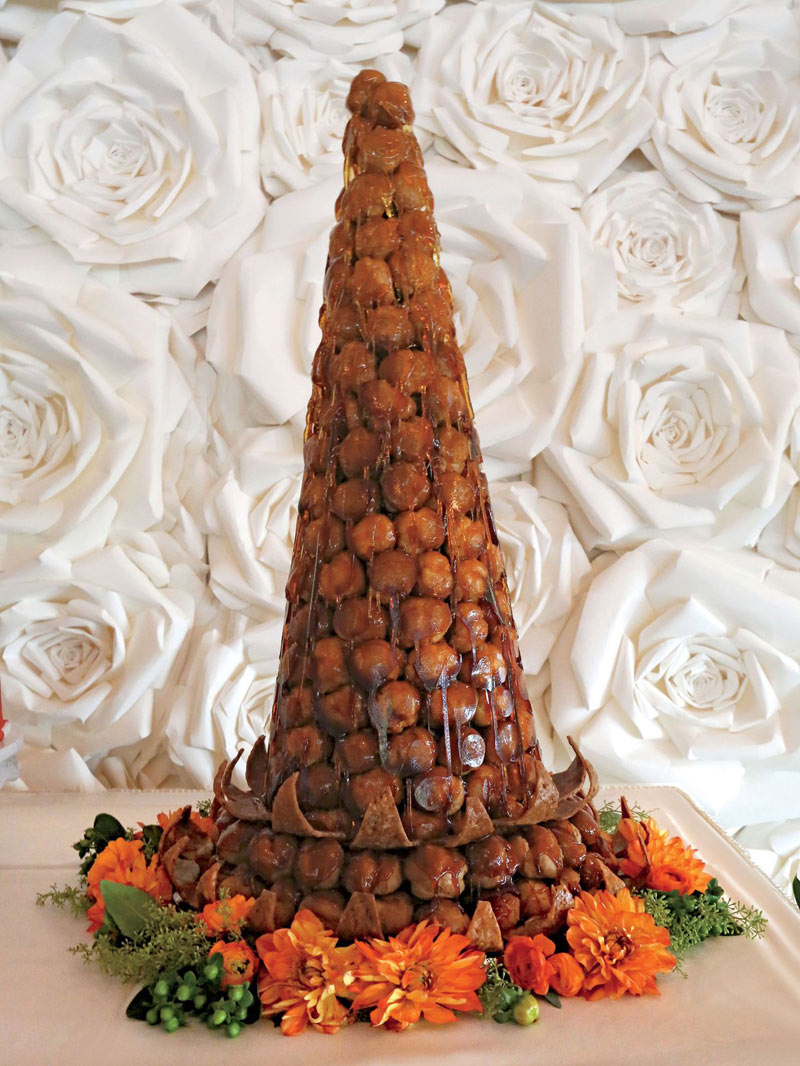African Wedding Traditions
AfricanWedding Traditions
AfricanWedding Traditions
Traditions
 Many African Americans desire a wedding which reflects their native heritage. You must understand where ancestors may have originated from to plan the wedding reflecting your heritage.
Many African Americans desire a wedding which reflects their native heritage. You must understand where ancestors may have originated from to plan the wedding reflecting your heritage.
We have included many regions from Africa and certain traditions in the United States. Please feel free to contact us with your comments, and any other traditions which you would like us to include. Enjoy!
Major Religious Beliefs
Africa is comprised of many religious and non-religious groups. The major religious cultures are Muslim, Christians (Roman Catholic, Protestant, Orthodox, Anglican and others), ethnic religionist, non-christian, Hindu, and Baha’i.
Here are some African wedding traditions. You may wish to be creative in adapting these traditions to your wedding.
Africa is made up of various different countries, each of which may have their own traditions. Many of these traditions would not be acceptable to the African American bride as it may require lifestyle changes which would be unacceptable.
Moroccan Wedding Traditions
Terre Resort & Spa of Marrakech, Morocco, Africa, shared with us their present day wedding traditions:
Morocco, one of the gems of North Africa, is the country with very rich and active traditions. Like other cultures of the world, a Moroccan wedding is a great gala event. It’s celebrated in three stages with great fun and festivity.
- The Hammam: A pre-wedding ceremony, women, and friends of the bride have a party where the bride is given a milk bath in the hammam, which includes a black soap to purify the bride.
- The Henna: The Nekkacha, a specialist paints the hands and feet of the bride and her party. The bride’s hands are painted with intricate designs which are usually floral and geometrical designs to ward off evil spirits.
- The Ceremony: The Neggafates dresses the bride & groom in their traditional attire that is customary in the different regions of Morocco in which they exchange their rings. After the ceremony refreshments of milk and eating of dates are served to symbolize life‘s sweetness and fruitfulness and the newlyweds go around the room on an Amariya carried by young men dressed for the occasion.
If you are considering being married in Morocco, please visit the Terre Resort in Marrakech, Morroco, for wedding information. Don’t forget your passport! Wedding Informaton from Terre Resort & Spa
Historic Moroccan Wedding Traditions
A traditional wedding of a bride from Morocco is expensive and impressive. The dowry is paid before a notary and is spent on the bride’s trousseau and new furniture. The jewelry she receives must be made of gold (rings, bracelets, necklaces and earrings). During the engagement period, (which usually lasts six months to two years) the prospective groom sends his bride-to-be gifts of cloth, gowns and perfume on feast days.
Five days before the wedding, a mattress, blankets, and other necessities are carried into the bridal chamber. The bride is given a bath in the hammam. Her female wedding attendants, called negassa, closely supervise. She is applied make up (including henna-stained designs) to her hands and feet. She is then dressed in her embroidered wedding finery of white robes. She is then placed behind a curtain, symbolizing her transition to a new life.
The next evening the bride, while sitting on a round table, is carried on the shoulders of her wedding attendants as they are singing and shouting walking to the bridal chamber. This ritual of carrying her to the bridal chamber while festivities go on happens for the next seven days. The wedding attendants stand behind a screen to verify the bride’s virginity and witness her defloration. After a second ritual bath, the wedding attendants leave the house and the couple are left alone.
Ankole Wedding Traditions
Ankole was a most important lake kingdom in prestige and population. The king owned all the cattle and theoretically owned all its women. Hima fathers were anxious to call attention to their daughters because the king gave generous wedding gifts. Should she marry her husband would be a future king and that meant her family would share the glory. Slim girls were unfit for royalty so those girls whom the king found to be of interest to marry one of his sons were force fed with milk until very heavy, barely able to walk.
Pygmie Wedding Traditions
Pygmie engagements were not long and usually formalized by an exchange of visits between the families concerned. The groom to be would bring a gift of game or maybe a few arrows to his new in-laws, take his bride home to live in his band and with his new parents. His only obligation is to find among his relatives a girl willing to marry a brother or male cousin of his wife. If he feels he can feed more than one wife, he may have additional wives.
Nile Wedding Traditions
Along the Nile, if a man wishes to see his sons well married, he must have numerous sheep, goats and donkeys. When marriage negotiations are underway, the father of the bride will insist that each of her close relatives be given livestock. The grooms problem is to meet the demands while holding enough cattle to support his bride.
Similar to our custom of sending wedding invitations and expecting gifts in return, he makes the rounds of relatives getting contributions for his bridal herd. Each day for a series of wedding days there is a special event. On the first day, or the wedding day, the groom arrives at the bride’s homestead wearing a handsome leopard skin draped over his cowhide cape. Usually that will be all.
Nilotes are devoted nudists. Clay, ash, feathers, sandals and a necklace are considered ample dress for any occasion. The bride wears the beaded apron and half skirt of the unmarried girl.
After the private cattle negotiations are publicly and elaborately re-enacted, the bride is taken to the groom’s homestead and installed in the compound of her eldest co-wife until a separate place can be prepared for her.
Congo(Zaire) Wedding Traditions of the Woyo People
Marriage is a key moment that follows immediately after initiation among many peoples because both events serve to break the bonds of the individual with childhood and the unmarried state, and to reintegrate the individual into the adult community.
Among the Woyo people,a young woman is given a set of carved pot lids by her mother when she marries and moves to her husband’s home. Each of the lids is carved with images that illustrate proverbs about relations between husband and wife.
If a husband abuses his wife in some way or if the wife is unhappy, she serves the husband’s supper in a bowl that is covered with a lid decorated with the appropriate proverb. She can make her complaints public by using such a lid when her husband brings his friends home for dinner.
Zambian Wedding Traditions
To demonstrate the differences of African culture, here are some examples of several Zambian weddings. Although these weddings take place in the same country, difference provinces have different ways of approaching the marriage ceremony. The common thread is the closeness of the bridal family to achieve the goal of a wedding and lasting relationship. Marriage payments are to the family of the bride rather than to the brides parents.
Courtship
In traditional Zambian society, a man marries a woman, a woman never marries a man. It is taboo if a woman seeks out a man for marriage.
In Namwanga, a young man is allowed to find a girl. He proposes and gives her an engagement token called Insalamu. This is either beads or money to show his commitment. It also shows that the girl has agreed to be married. His parents then approve or disapprove his choice. Should they reject his choice, he starts to look again. If they agree, then the marriage procedure begins.
A man who has reached the age for marrying in the Ngoni society looks for a girl of marriageable age. Once he has selected someone, the two agree to marry and tell their respective relatives.
The Lamba or Lima mother started the process of finding a girl for her son to marry. She would search for an initiated girl known locally as ichisungu or moye. (An uninitiated girl was not for marriage until she reached puberty or initiation age.) The mother of the man visited neighboring villages looking for the right unmarried initiated girl. When she found one – one whom was from a good family according to her judgments, not the son’s, she would go to the mother of the girl and tell her that she wanted her son to marry her daughter. The mother would then discuss this with her daughter, the man’s mother would return home and come back a few days later for an answer.
Many Bemba men began their marriages by first engaging young girls below the age of puberty. The young girl is not consulted with at all. The girl would go to her future husband’s house, sometimes alone, most often with friends after the marriage price was negotiated. On her first trip to his house she did not talk to him or enter his house without small presents being given to him. She would then speak to him and do a lot of housework for him. She would do what she thought was good for her future husband. This period of courtship was known as ukwisha. During this period, she was responsible for the man’s daily food. The groom had to build his own house in the village where he was living, or in the village of his parents-in-law.
Marriage Arrangements
The go-between to initiate the marriage negotiations is the commonalty of all marriage arrangements in Zambia.
In Namwanga, the man’s parents arrange for a Katawa Mpango. This is a highly respected person representing the groom’s interests. The groom’s family gets ready and decides on a day to visit the girl’s family. The girl, after receiving the Insalamu, takes it to her grandmother. This is the official way her family is informed.
Her grandmother informs her parents and the family. They either accept or reject the proposal. Whatever the decision, they then wait for the man’s family to approach them by way of the Katawa Mpango. When he visits, he traditionally will take a manufactured hoe, wrapped in cloth with a handle. The hoe is a symbol for the earth, for cultivation, for fertilization. He carries white beads and small amount of money. The beads and money are put in a small plate covered with another small plate of equal size.
The go-between must know the house of the girl’s mother. Traditionally, he knocks on the door and is invited in. Dramatically he falls on his back and claps his hands. This is to indicate to the girls marriage panel that he is on a marriage mission. Then he places the hoe and plates on the floor halfway between the marriage panel and himself. He then explains his mission and is asked many questions by the girl’s family. If no decision is made by the girl’s family, the hoe is taken back, beads and money are taken by the girl’s family. If a decision of rejection is reached that day, the hoe is taken back. If they accept, the plates are opened and the hoe is accepted once the girl acknowledges she knows the source.
The go-between reports to the man’s family. If the answer is positive, the family starts to prepare marriage payments and a marriage council is instituted to look into affairs. The go-between returns on a specified day for details on the marriage payments. When he returns, exotic foods are prepared for his second journey by the man’s family.
In pre-colonial period, the marriage payment included cattle (four or more), chickens and a cow (if the girl was a virgin). This payment went to the mother in appreciation for giving birth to the girl. Other payments are demanded nowadays — a chitenge cloth, canvas shoes and a dress — 2 blankets, a pair of shoes and a suit for the father.
Planning
Coming Soon
Checklists
Coming Soon
Tips
The most widely known African American wedding tradition is “jumpin the broom”. This tradition was started in the southern colonies of the United States during the days of slavery. Marriage for field hands was uneconomical and prohibited, but for house and yard servants and for artisans it was sometimes permitted but without legal sanction.
Dresses
 An African woven cloth serves the function of reflecting personal, societal, religious and political culture. Kente cloth is the primary woven fabric produced by the people of the old Ashanti Kingdom of Ghana. The traditional red, gold and green repeated in the design are liberation colors recognized by children of African descent all over the world.; (red for the blood shed by millions in captivity), gold for the mineral wealth (prosperity), and green for the vegetation of the land of Africa (home).
An African woven cloth serves the function of reflecting personal, societal, religious and political culture. Kente cloth is the primary woven fabric produced by the people of the old Ashanti Kingdom of Ghana. The traditional red, gold and green repeated in the design are liberation colors recognized by children of African descent all over the world.; (red for the blood shed by millions in captivity), gold for the mineral wealth (prosperity), and green for the vegetation of the land of Africa (home).
Boxes arranged in an “X” mean all ideas coming together at one point symbolizing leadership, consensus and the voice of the people. The stepped border motif symbolizes defense against the countless assaults and obstacles encountered in the course of an African lifetime.
Traditional native attire for the female would be a headpiece (a gele’), a loose fitting or grand bou-bou or the wrap skirt (iro), shawl (iborum), and a short loose blouse (buba) made out of the same fabric. The groom wears a pair of slacks (sokoto), shirt (bubba), a long flowing pullover type jacket (agbada) and a rounded box-like hat (fila).
African American couples who chose a more American flare may choose the traditional white bridal gown for the bride and the groom a tuxedo. The traditional color of African royalty is purple, accented with gold. These may be used as accent colors worn by the bridal party.
 When a bride in the United States desires an “African-style wedding,” she may be referring to the tradition of Yoruba. This very spiritual service reflects the depth of the African family by the sharing of gifts and love.
When a bride in the United States desires an “African-style wedding,” she may be referring to the tradition of Yoruba. This very spiritual service reflects the depth of the African family by the sharing of gifts and love.
The ceremony process may begin about a month before the wedding with a spiritual reading. Elements of the actual ceremony may include a Libation (a prayer with an offering, usually water or liquor offered by an elder). This ritual calls upon and asks God’s blessing and the blessings of ancestral spirits. The groom verbally seeks permission from the bride’s mother to marry her daughter.
Gifts are presented to the brides family symbolizing the ability of the groom to take care of this woman. They are accepted by the bride’s father. Other elements of the ceremony may include a tasting and explanation of spices, prayers, exchange of rings. A great celebration follows.
Cakes
 South African: Vetkoek "FAT CAKE"
South African: Vetkoek "FAT CAKE"
Embraced from the main Dutch outsiders that landed in South Africa around the 1800s, the purported "Fat cakes" have turned out to be extremely famous in the African nation. This "cake" as a general rule is more similar to baked goods produced using cake mixture containing raisins and currants. That batter is formed into little adjusted balls and southern style in oil to be at long last finished with syrup, sugar or nectar. The baked good can likewise be loaded up with a stick, cheddar or even unique sorts of meat to have a more exquisite variant
Resources and References
Special thanks to Lois Pearce, Master Bridal Consultant of Hamden, Connecticut, for her time and energy gathering the majority of information used here. We also wish to thank the Association of Bridal Consultants for their assistance.
Please note that the information contained in this category should be considered general in nature. We believe it to be a true and accurate representation of some of the customs and traditions for this country or religion. Information provided by individuals and organizations is assumed to be correct.
You are welcome to email us at join@weddingdetails.com with any suggestions for changes, additions or deletions.

 South African: Vetkoek "FAT CAKE"
South African: Vetkoek "FAT CAKE"